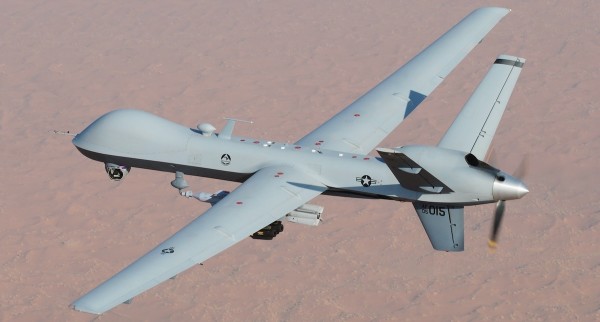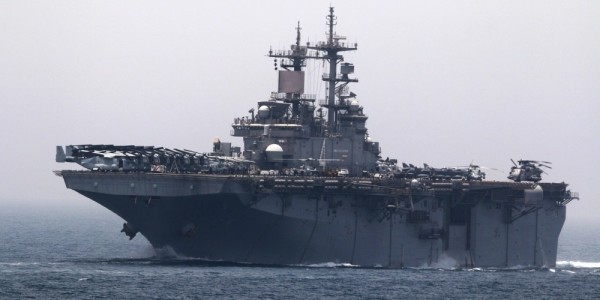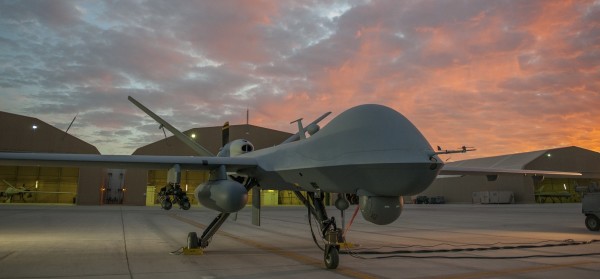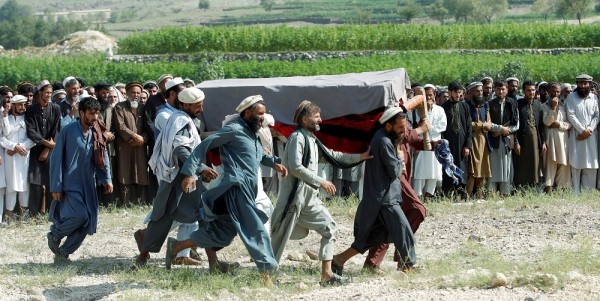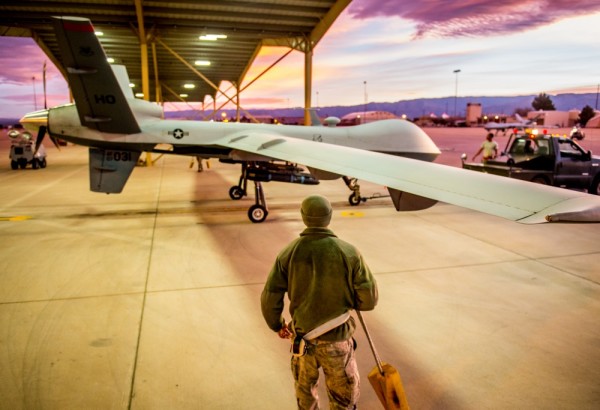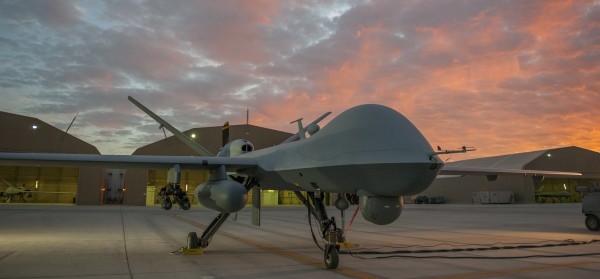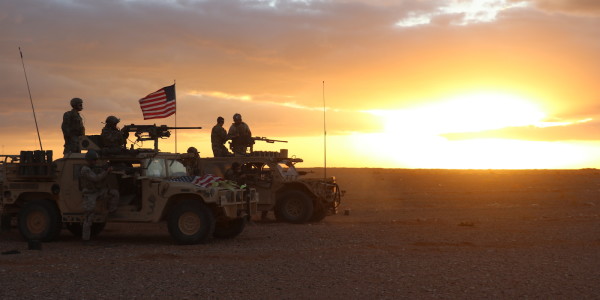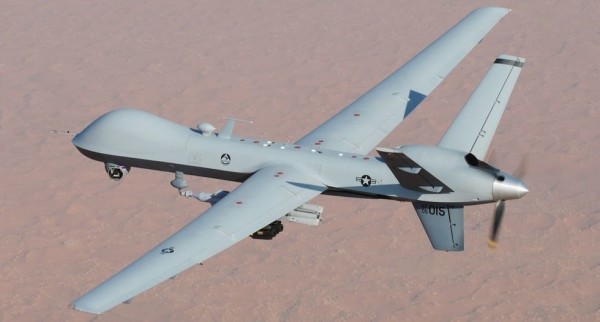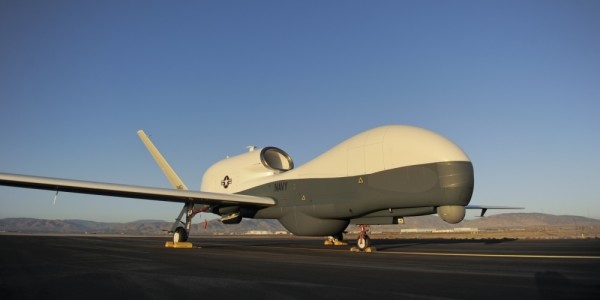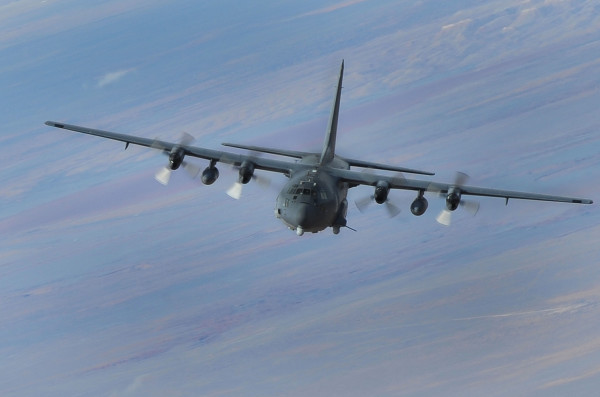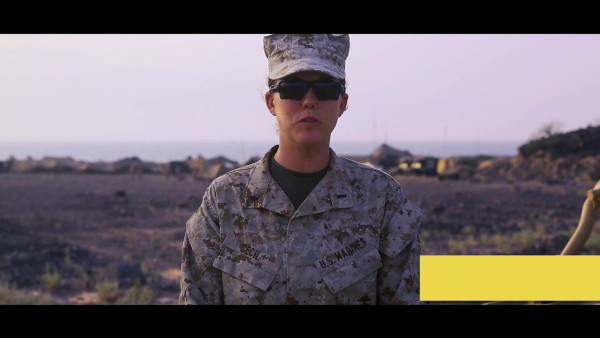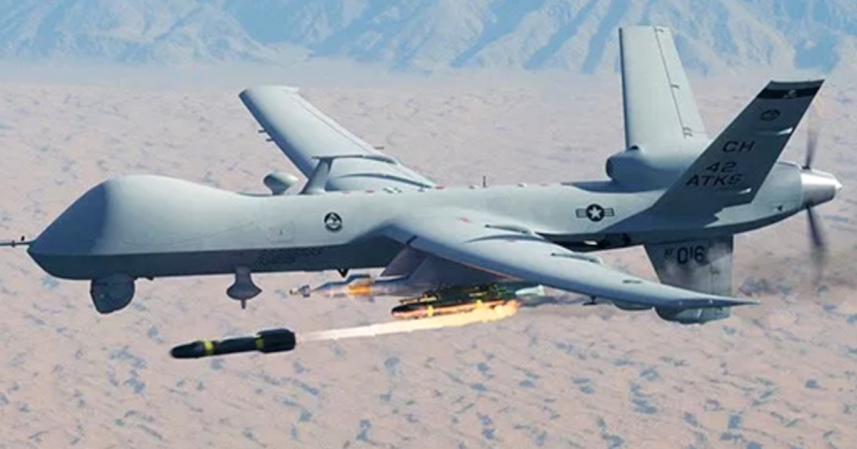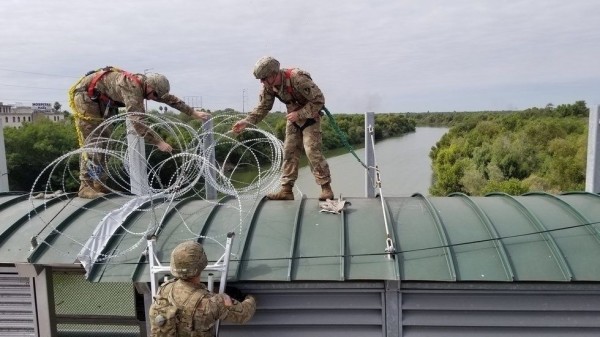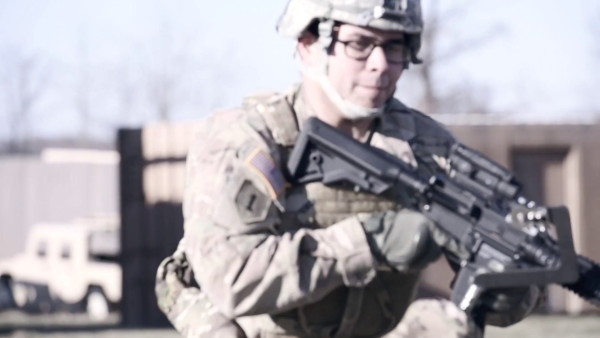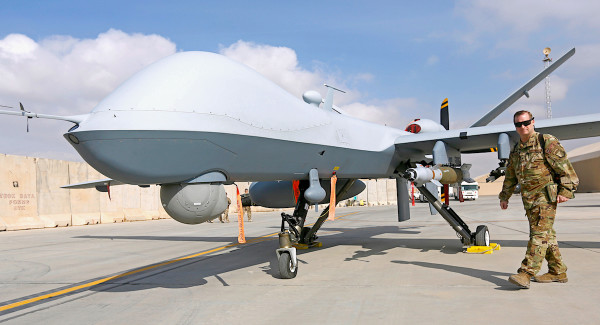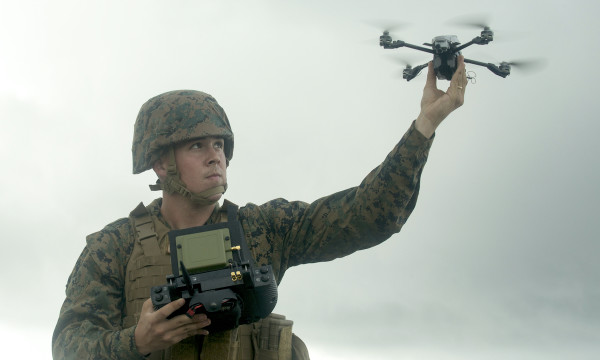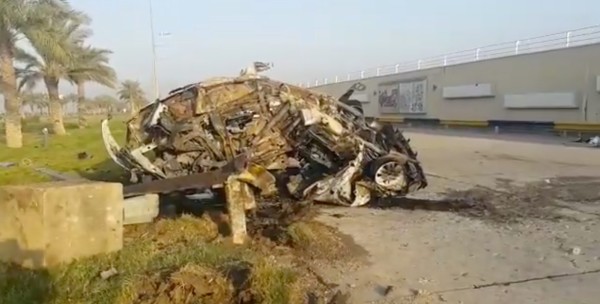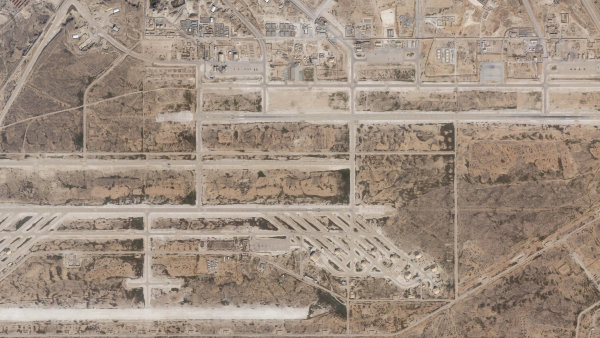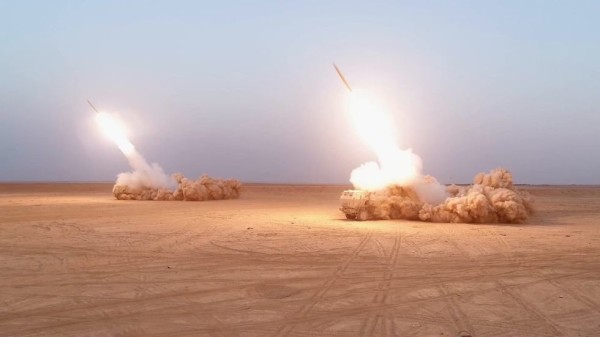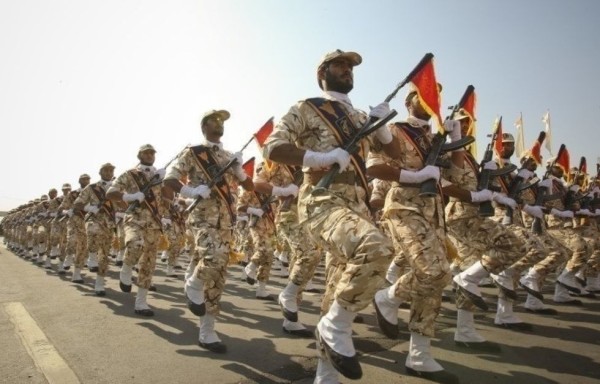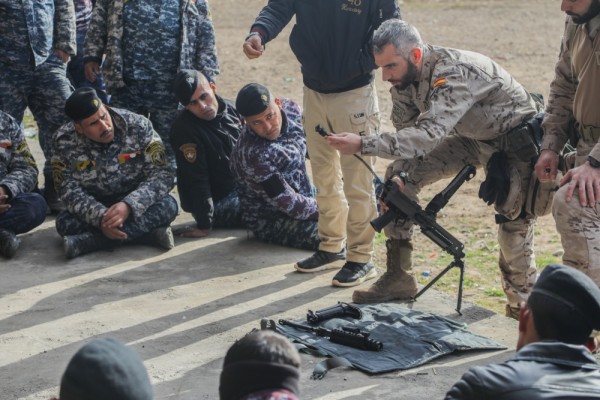WASHINGTON — Even before Iranian Maj. Gen. Qasem Soleimani got off a commercial airliner in Baghdad last week, his fate was already sealed.
The sequence of events that led to the killing of the Quds Force commander — and sent Mideast tensions soaring — began hours earlier in Beirut. It was in the Lebanese capital that the U.S., aware of Soleimani’s travel plans, watched him board the plane headed to Baghdad International Airport, according to a U.S. official familiar with the strike.
His departure from the plane in Iraq was monitored by drones circling above, including one built by closely held General Atomics armed with laser-guided Hellfire air-to-surface missiles regularly used in attacks on high-value terrorists.
The Reaper, a $64 million long-endurance aircraft with a 66-foot wingspan, had Soleimani in its sights for about 10 minutes before firing on two cars carrying the Iranian commander and other senior leaders and aides, including the head of an Iraqi-based militia group that has been in conflict with U.S. forces.
The cameras on the Reaper likely would have made it possible to identify Soleimani, determine his location in a vehicle and even what kind of clothing he wore, according to Brett Velicovich, a former Army special operations soldier who directed drone operations during missions in Iraq and Afghanistan.
Soleimani’s car was the first in the two-car convoy as it drove down an access road leaving the airport, and slipped into second before it and the now lead car were hit by two Hellfires each, with no civilian cars in sight, according to the official.
The details of the attack appeared to corroborate what a separate U.S. official told reporters in Washington Friday — that all steps were taken to minimize civilian casualties and that Soleimani was a “target of opportunity.” It also demonstrated that the U.S. retains the capability to execute so-called “time sensitive targeting” and aerial attacks of adversaries if there’s adequate intelligence.
“Conducting a drone strike in Baghdad is much easier to be successful than say, somewhere in Yemen” because “the drone can be flown at lower altitudes there — people won’t notice it as much as a target might notice a drone in the middle of the desert,” said Velicovich.
U.S. intelligence efforts were likely aided by Soleimani’s celebrity status in the region, according to one analyst.
“Soleimani thrives on publicity, and he was well-known and visible,” said Kenneth Katzman, senior Middle East analyst for the Congressional Research Service. “Therefore it was relatively easy to track his movements using basic intelligence sharing relationships and not requiring any extraordinary or unusual level of cooperation.”
The previous best public example of timely targeting and attack with a Hellfire was the nighttime November 2015 killing by a Reaper of Islamic State terrorist “Jihadi John,” who was hit in a vehicle in Raqqa, Syria.
What may be the most celebrated successful example in U.S. military history of “time sensitive targeting” was launched on April 18, 1943. Four U.S. Army Air Force P-38s intercepted the aircraft carrying Japanese Admiral Isoroku Yamamoto, the architect of the Pearl Harbor attack. The U.S. aircraft flew 435 miles before shooting down Yamamoto’s plane.
———
©2020 Bloomberg News. Distributed by Tribune Content Agency, LLC.
